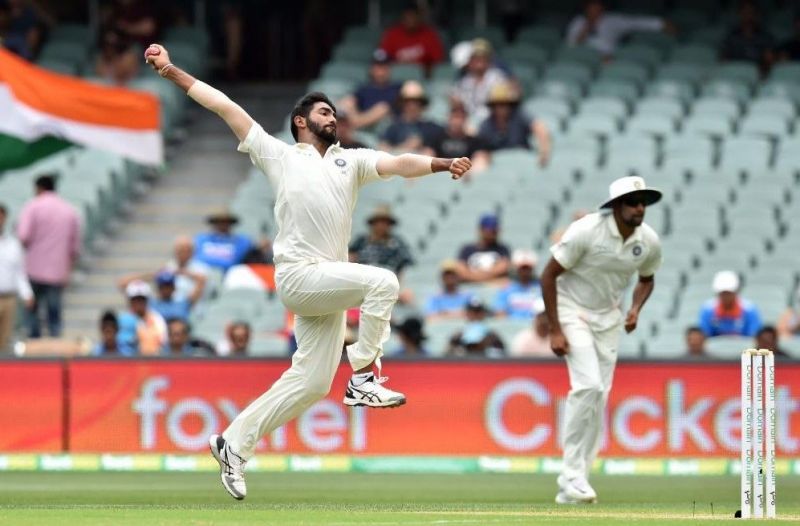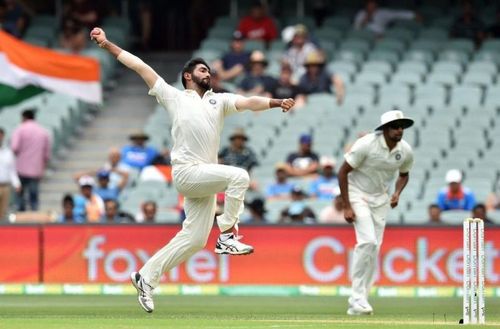
Australia vs India 2018-19, 1st Test: 5 talking points from Day 2

Earlier today, Day 2 of the second India-Australia Test match at Adelaide came to an end after a few sessions of good cricket.
India had a solitary wicket standing from their exploits on Day 1, which was cleaned up on the very first ball of the day. Overall, the visitors made 250 runs from 88 overs.
Australia then came in to bat but were met by a very disciplined Indian bowling attack that not only bowled according to the conditions but also brought out the shortcomings of some of the hosts' batsmen. Eventually, they ended the day at an underwhelming 191/7, also from exactly 88 overs.
Travis Head, batting on 61, will continue with Mitchell Starc and the rest of the tailenders on Day 3 now.
Let us cut to the chase and discuss some important talking points at the close of Day 2's play:
#1. Australia's snail-like scoring pace
2.17 is Australia's run-rate in the innings so far. They crawled all the way to 191 runs in the 88 overs that were bowled at them today, which is not even close to Australian standards - especially considering it's their own backyard they are playing in.
Credit should be given to the Indian bowlers for doing their work very well, which will be discussed in detail soon.
Usman Khawaja took 124 balls to score his 28 runs before he was dismissed on his 125th, and Peter Handscomb made 34 off 93 balls. The duo played so slowly that it made everyone wonder when was the last time Australia had produced such snail-paced knocks.
It should be understood that the Kangaroos knew very well what they were doing - they adapted well enough to the conditions at play, which were suited to bowling more than batting. And had it not been for the wickets they kept losing at regular intervals, they may have been in line for a much bigger first innings total than what is in sight for them right now.
Travis Head also deserves praise for not losing his head amidst a falling run-rate, and for holding on to give the hosts some hope on Day 3. But more on that later.